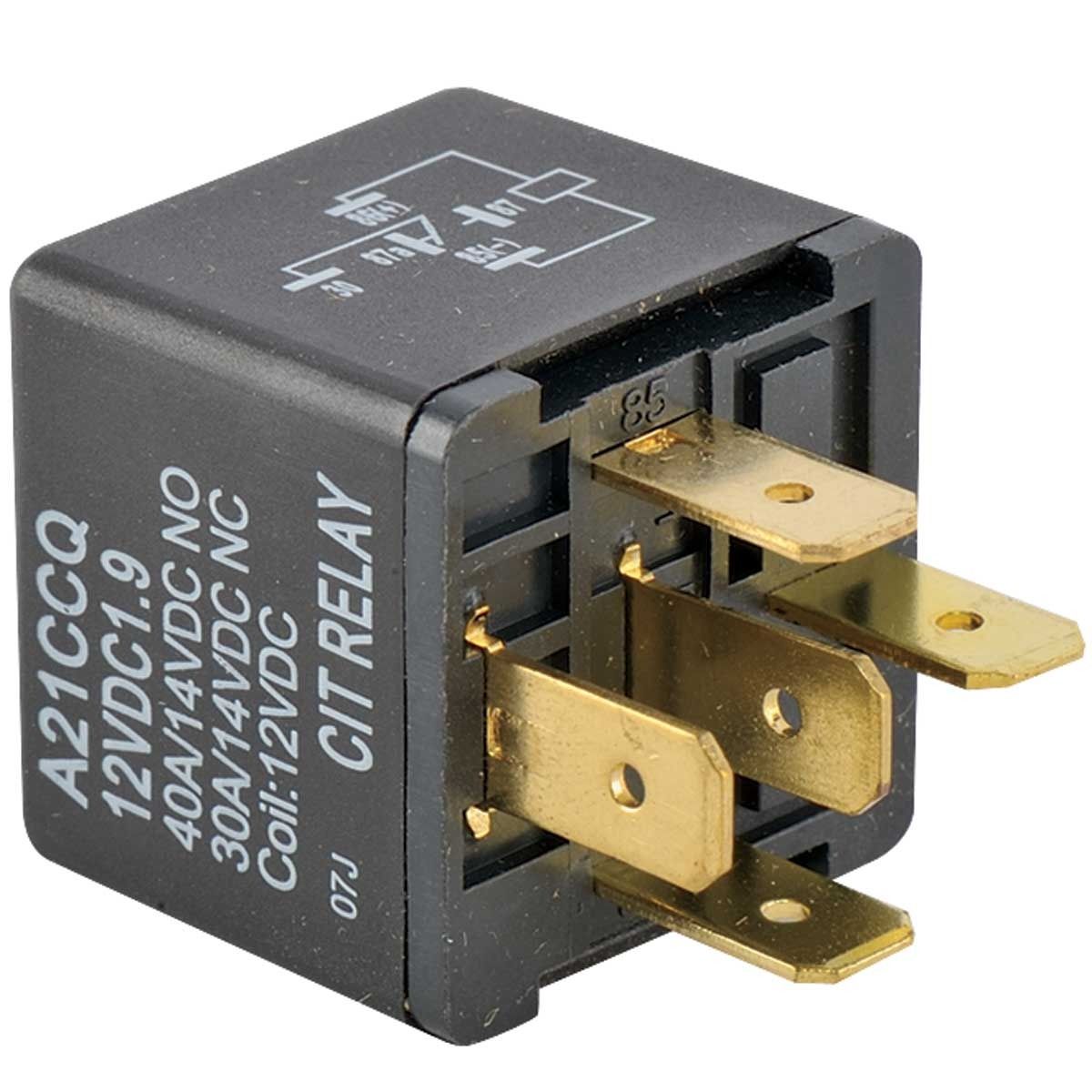Unveiling the Mechanics Behind Actuators: A Comprehensive Exploration of Their Mechanical and Electrical Aspects
Actuators play a pivotal role in various industries, enabling the conversion of electrical energy into mechanical motion. They are essential components in a wide range of applications, from robotics and automation systems to aerospace and automotive industries. In this article, we delve into the intricate workings of actuators, exploring their mechanical and electrical aspects to provide a comprehensive understanding of their functionality.
- The Nature of Actuators:
Actuators are devices that generate physical movement or force in response to an electrical signal. They act as the interface between electrical systems and mechanical components, translating electrical energy into mechanical motion. Actuators are employed in diverse systems, such as valves, motors, pumps, and robotic limbs, to name a few. - Mechanical Actuators:
Mechanical actuators utilize mechanical components, such as gears, levers, and linkages, to convert electrical energy into linear or rotary motion. These actuators are commonly found in applications where precise positioning, high force, or heavy load capabilities are required. Examples include hydraulic and pneumatic actuators, which utilize fluid pressure to generate mechanical motion. Mechanical actuators offer robustness and reliability, making them suitable for demanding environments. - Electrical Actuators:
In contrast to mechanical actuators, electrical actuators employ electrical components, such as motors and solenoids, to produce mechanical motion. These actuators are widely used in applications that require precise control, rapid response, and compact design. Electric motors, such as stepper motors and servo motors, are commonly used in robotics, CNC machines, and automation systems. Solenoids, on the other hand, are utilized in applications such as door locks, valves, and relays. - Hybrid Actuators:
In certain scenarios, a combination of mechanical and electrical components is employed to create hybrid actuators. These actuators leverage the advantages of both mechanical and electrical systems, offering enhanced performance and versatility. For instance, electromechanical actuators integrate electric motors with mechanical gearing systems to achieve high force output and precise control simultaneously. Hybrid actuators find applications in aerospace, automotive, and industrial sectors, where a balance between power and precision is crucial. - Selection Considerations:
When choosing an actuator for a specific application, several factors need to be considered. These include the required force or torque, speed, accuracy, power consumption, environmental conditions, and cost. Understanding the mechanical and electrical aspects of actuators is essential in making an informed decision.
Conclusion:
Actuators are indispensable components in various industries, enabling the conversion of electrical energy into mechanical motion. By exploring the mechanical and electrical aspects of actuators, we have gained a comprehensive understanding of their functionality. Whether it be mechanical actuators, electrical actuators, or hybrid solutions, each type offers unique advantages and is suitable for specific applications. By considering the requirements and constraints of a particular application, one can select the most appropriate actuator to achieve optimal performance and efficiency.

Post Comment